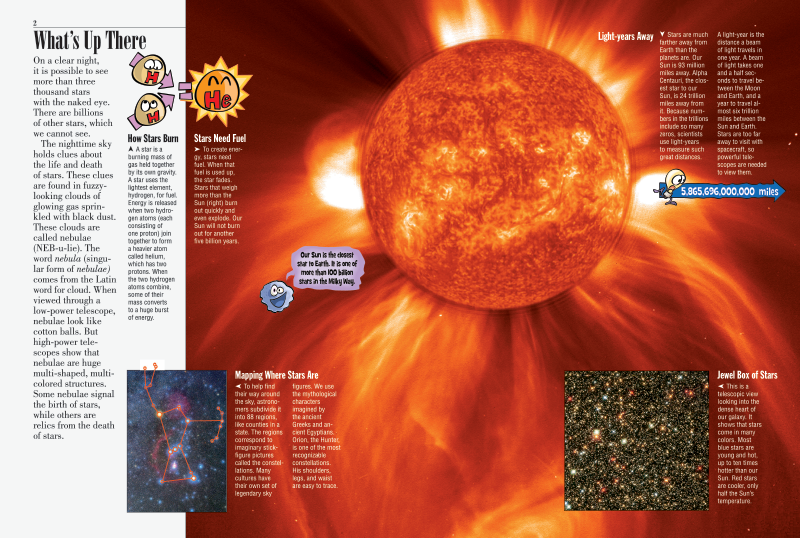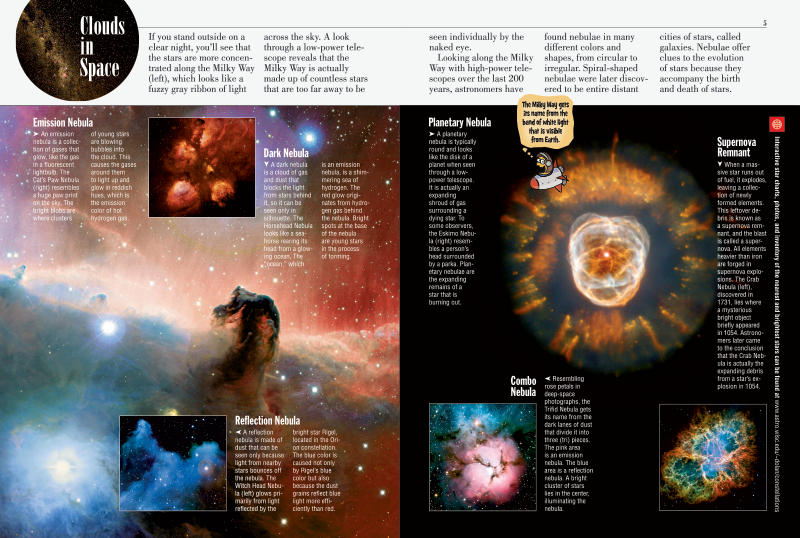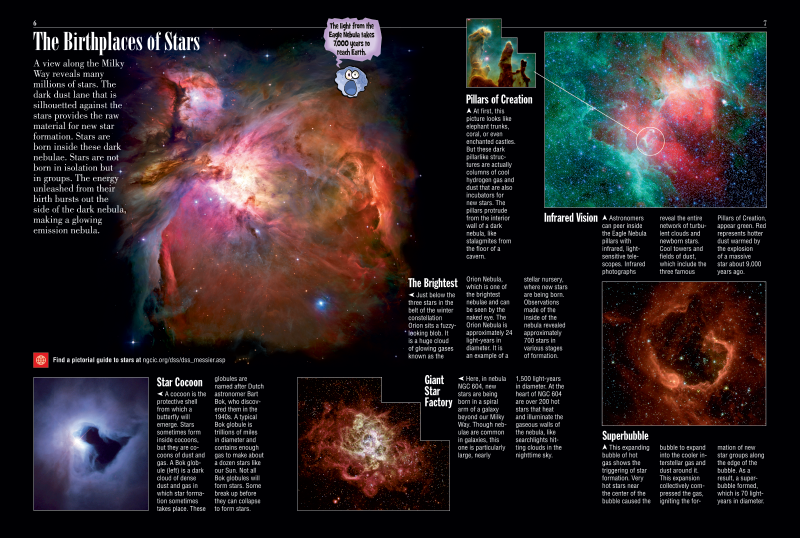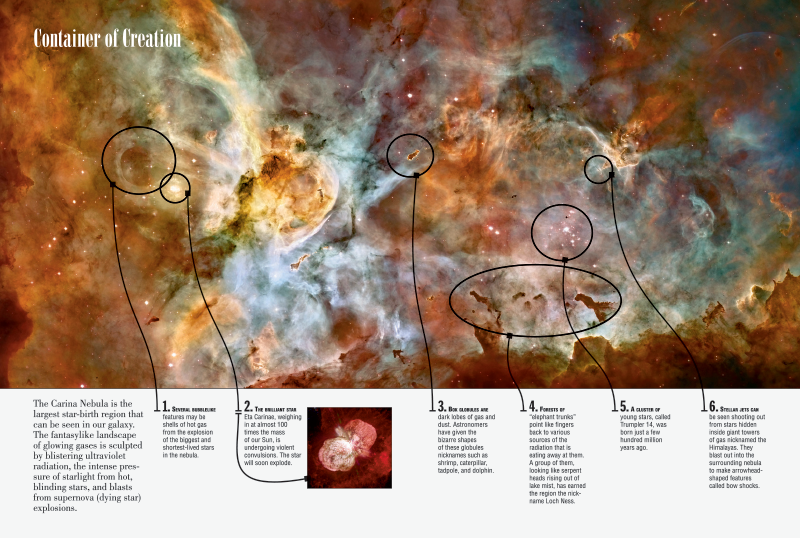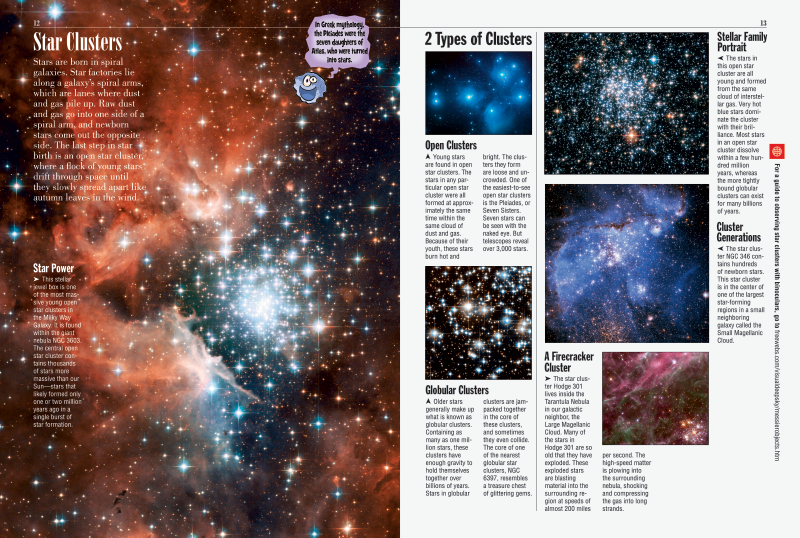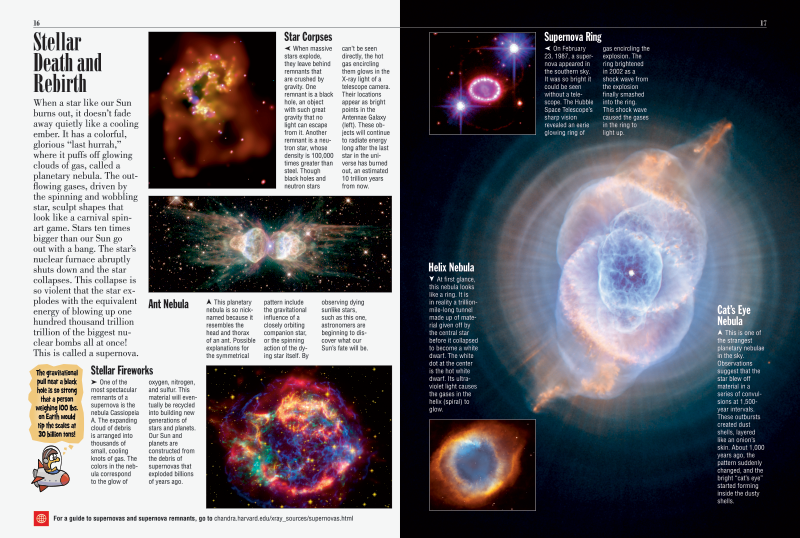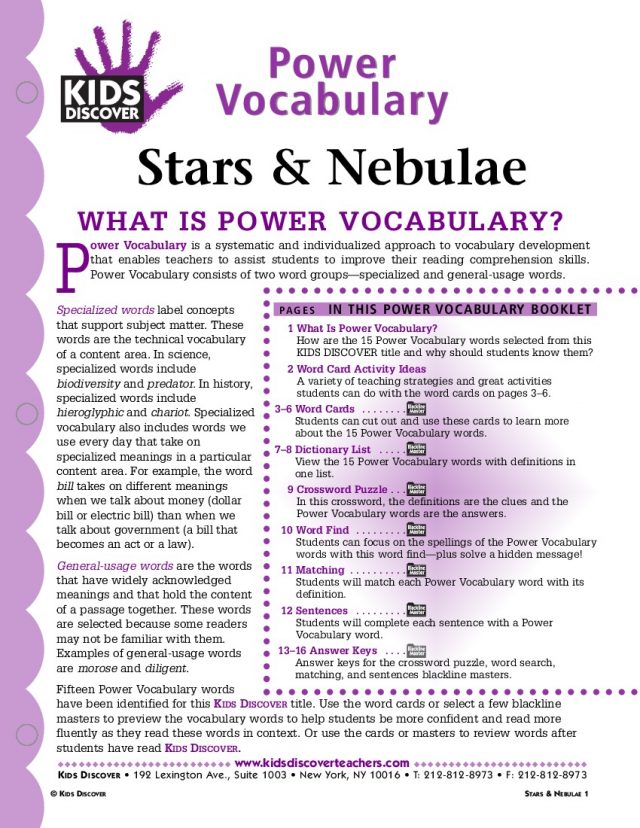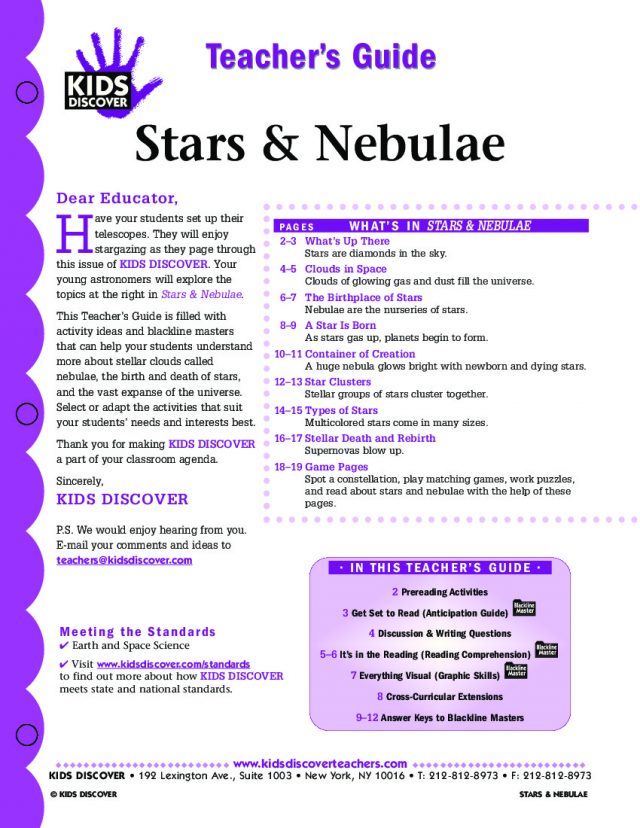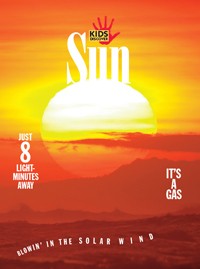Get digital access to this title and hundreds more with a Kids Discover Online subscription.
Get digital access to this title and hundreds more with a Kids Discover Online subscription.
Stars & Nebulae
In Stars & Nebulae, the focus is learning about stars’ life cycles – from their birth in colorful “star factories,” or nebulae, to their death in dramatic explosions of gas and dust. The 100 billion stars that make up the Milky Way represent only the most miniscule piece of our universe, yet our galaxy is alive with star power: Learn about the emission, dark, reflection, planetary, and combo nebulae that populate the galactic reaches, as well as about the massive supernovas that form when a star expires.
Kids interested in learning about stars will be fascinated to find out that some are born in “cocoons,” or “Bok globules,” that can be trillions of miles in diameter, and that some take shape in “superbubbles.” And just what is a “celestial Frisbee”? (Answer: disks of dust, orbiting new stars, which are planetary systems in the making.) Then get up close and personal with the Carina Nebula – the largest star-birth region in our galaxy – and its many amazing features, and explore the different types of star clusters. Interested in learning about the different types of stars? Get details on brown, red, and yellow dwarves, binary star systems, red giants, and the brightest star in our galaxy, the Pistol Star, which is 10 million times brighter than our Sun.

